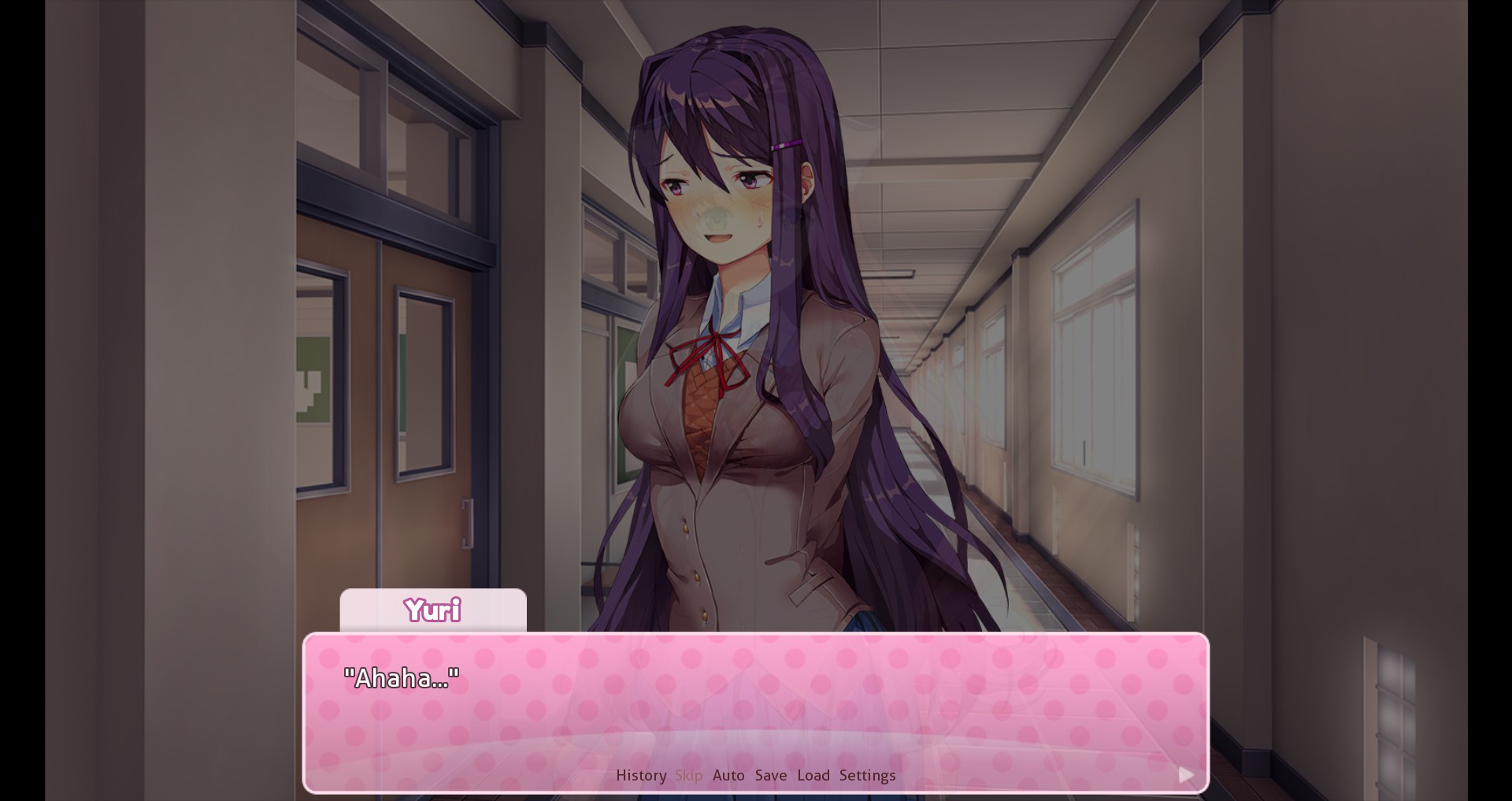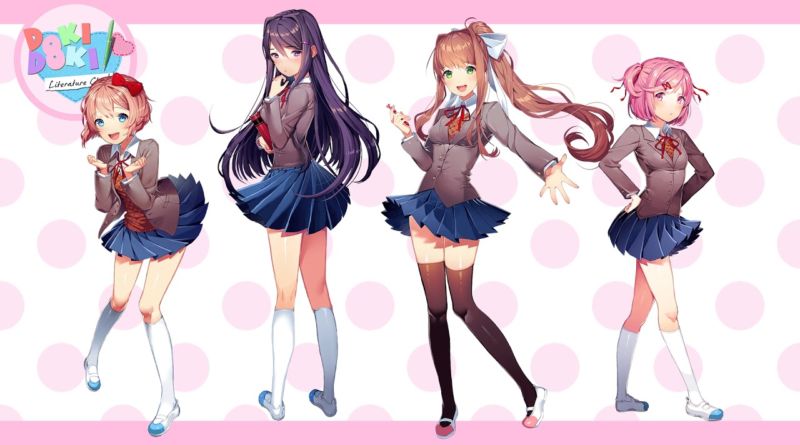Doki Doki Literature Club review
Notice: If you haven’t played Doki Doki Literature Club, you really should before you read this article.
I openly admit that there are more relevant modern titles I should be reviewing before Doki Doki Literature Club, but sadly I haven’t played very many newly-released games. Most of my favorites are legacy franchises with infinite replayability, like Payday, Overwatch, and Left 4 Dead. But I couldn’t play any of these games when I spent winter break at my parents for the holidays since I had to leave my desktop in Santa Clara. Luckily this gave me a chance to try a simpler game like Doki Doki Literature Club, and I was really impressed with its narrative restraint. I knew something was awry when the game opened with three consecutive content warnings, but it still managed to lure me into complacency after eighty minutes of gameplay without a single unusual event.

I don’t normally play visual novels or dating sims and I didn’t expect to care about these characters, but nevertheless I can respect that the authors did a great job making them feel three-dimensional. When the game introduced a poetry-writing mechanic where the player can craft their poems to attract a specific girl, the diction options were nuanced, and I had a hard time learning which words tied to which girl. It made it a lot harder to game the system and it forced me to think of them beyond stereotypes.
But the diagetic glitches and the twist were the main reason the game had a real impact on me. Everyone’s played Ren’Py games, they aren’t exactly breaking the bank in originality, and the engine, while customizeable, doesn’t leave a lot of room for experimentation. So I don’t legitimately know how he got all those visual glitches and uncanny model shifts to happen on the Ren’Py engine. I almost feel like he used some other platform and perfectly mimicked the feeling of a standard Ren’Py visual novel, but either way the milquetoast standard design really set the stage for the glitches to surprise the player and leave them fundamentally unsure what the limits of the game are.

Despite this, the game manages to exceed said limits with the twist, where one character takes over the game and directly deletes her competition. I really, really liked the scene where Monika reveals that she’d deleted everything and everyone else in the game so she could have the player all to herself. The ludo-narrative turned the files on my computer into characters, and when I realized the game expected me to delete Monika’s character file, I hesitated for a good long while because that file was her. She had eclipsed the game and existed as an entity on my computer, and I was killing her outside the context of the game itself. Undertale was the only game I’d ever played that came close to that level of meta-narrative storytelling.
Doki Doki Literature Club exceeded expectations on all fronts. It got me to care about the characters in a way that had never happened in a visual novel before; I went and completed the 100% Completion Golden Ending just to give the characters something of a happy ending. Normally I don’t care about that sort of thing, but the fact that they were actual files on my computer made it feel more important than normal characters who never leave the fictional realm.

